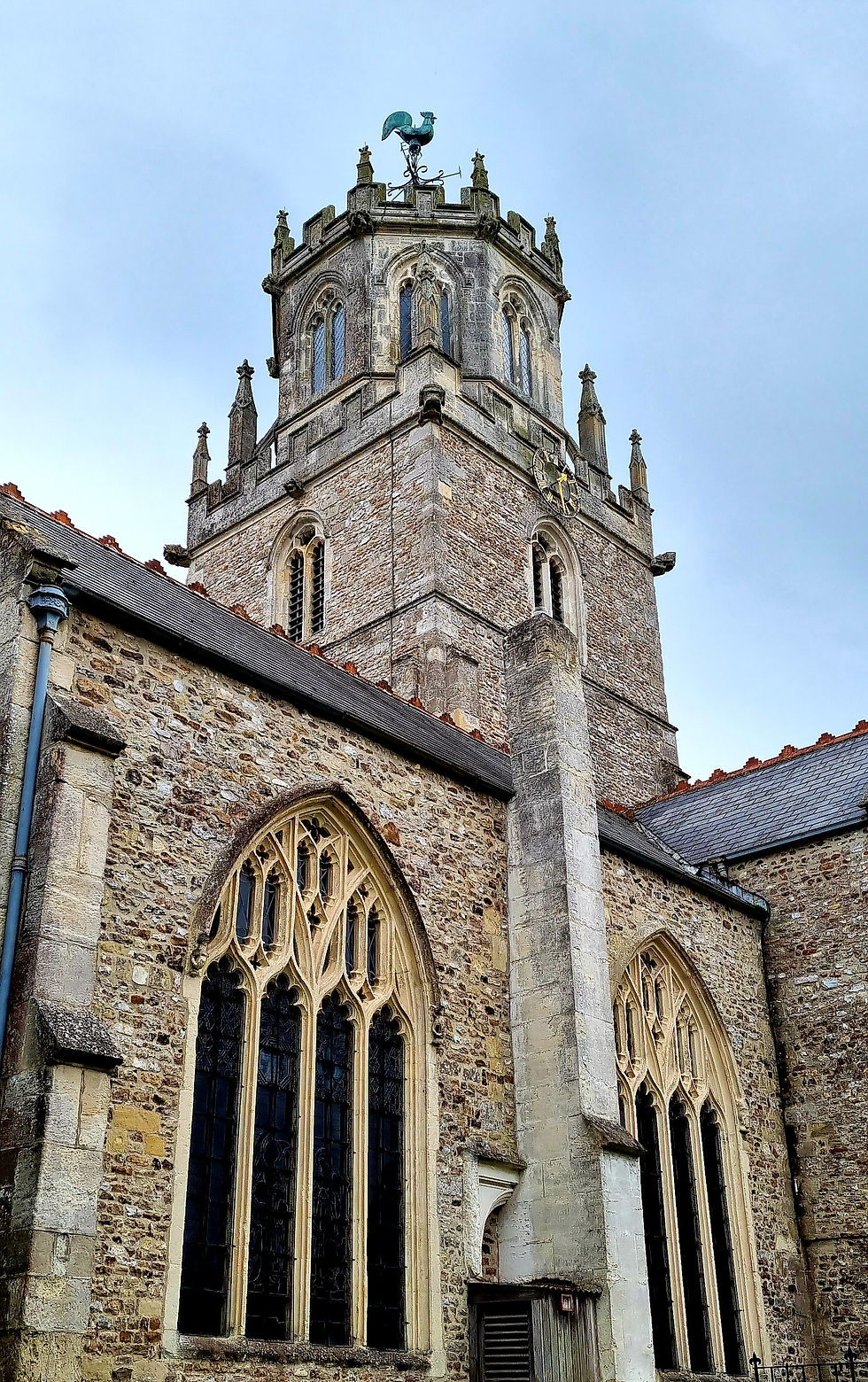Fossil Coast Takes a Tram to Devon's Most Rebellious Town along the Jurassic Coast
- Wayne Munday
- Jul 29, 2022
- 3 min read
The team at Fossil Coast took some time out to discover the heritage of Seaton and its surrounding area before setting up for the Seaton Natural Festival 2022 by experiencing the Seaton Tramway.

Apart from the town of Seaton being the only gateway town along the Jurassic Coast whose cliffs show all three geological periods of the Triassic, Jurassic and Cretaceous. Seaton is also the home to Seaton Tramway a narrow-gauge heritage tram running 3 miles alongside the River Axe estuary.
This bygone journey slowly passes by two nature reserves giving the passenger an unrivalled view of the abundant wading bird life between Seaton, Colyford, and onwards towards Colyton.
The journey lasts about 20 minutes each way and the scenery outweighs any thoughts about sitting up top on a wooden seat and the shakiness of the journey. The final destination of Colyton is a short walk from the final terminus. Colyton is a tranquil rural East Devon town but historically it gained notoriety as "Devon's Most Rebellious Town". Why?
The notoriety is down to the town's role it played during the Monmouth Rebellion of 1685. Today, rather than learning about the local earth science it was this period of history we were interested in learning more about.
The small-town of Colyton is mentioned in the Domesday Book as “Culitone”. At this time the town was an important market town to the south of the then 13th century Colcombe Castle, now in ruins, the former seat of the Earls of Devonshire.

In 1685 and in opposition to the country’s protestant majority the Catholic James II was crowned as king. On the 11th June 1685 the exiled James Scott, the first Duke of Monmouth the illegitimate son of Charles II landed at Lyme Regis in Dorset with a small and poorly equipped army in an attempt to over throw the new King James II.
The Duke of Monmouth was popular with a large number of English people and many of them would support his rebellion in an attempt to recover religious and political rights which had been progressively taken away since the Restoration of Charles II.
The town of Colyton would become the main area of religious dissent in East Devon and would be known as "the most rebellious town in Devon" as 105 Colyton untrained male inhabitants joined the Monmouth Rebellion in 1685.
These included yeoman Roger Satchel known for his strong anti-papist views and who emerged as their local leader and the youngest rebel John Abraham aged 14 years and had only just married.

On 6th July 1685 the Royalist and Rebels fought and the rebellion was ended at the Battle of Sedgemoor at Westonzoyland in Somerset.
This battle would mark the last pitched battle to be fought in England. The Duke of Monmouth led a night time attack but lost the element of surprise. The battle was lost as the rebels were no match for the well-equipped professional soldiers of the Royalist army.
At the age of 36 the Duke of Monmouth was captured and later executed by Jack Ketch on 15 July 1685, on Tower Hill. Jack Ketch was himself “notorious for his barbarous inefficiency” in executions. It is recorded that the Duke of Monmouth said to Jack Ketch before his execution, ‘Here are six guineas for you and do not hack me as you did my Lord Russell. I have heard you struck him four or five times; if you strike me twice, I cannot promise you not to stir.”

The remaining rebels that escaped the battle were either captured or betrayed and suffered a ferocious reprisal at the hands of the infamous Judge Jeffreys’ Bloody Assizes who either hanged them or sent them into slavery and transported to the West Indies or Virginia.
The Bloody Assizes of 1685 were a series of mobile court sessions held across the West of England presided over by Lord Chief Justice George Jeffreys. They took place in Winchester, Dorchester, Lyme, Exeter, Taunton and Wells.
The tram journey was an excellent experience and a great way of learning more about Colyton and the role this town played in history.
Highly recommended.













